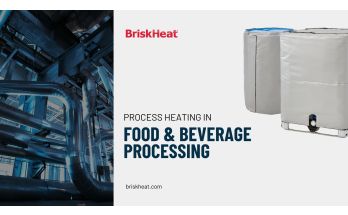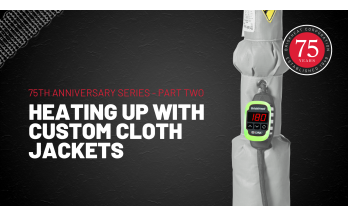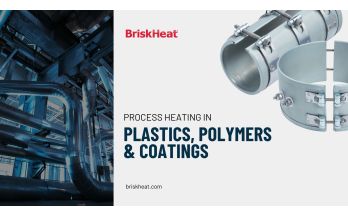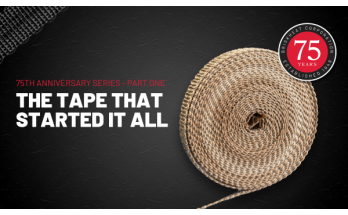Let’s get into it.
First let’s talk about what heat tape is and how you can use it to save your pipes or help your process. BriskHeat Heat Tape is a multi-stranded resistance wire that is ribbon shaped. This makes our “heat tape” more flexible than most heating cable or tapes. Both the MSTAT and HSTAT are covered with extremely flexible silicone rubber to help protect them from moisture and chemicals. An adjustable dial is used for temperature control.
These heaters can be used for freeze prevention and emergency de-icing. Their flexibility enables them to be wrapped around valves, pumps, actuators, man-folds and more. Other features and benefits they share are:
- Extremely flexible and versatile heating tape.
- Moisture and chemical resistant.
- Multi-stranded resistance wire heating element provides exceptional flexibility and durability.
- Rapid thermal response provides accurate heat* when you need it.
- Available in a wide variety of length and width configurations.
*If you need a higher degree of accuracy in your application, we recommend using a tabletop temperature controller with BS0 Heating tapes.
What’s the difference between Medium and High heat BriskHeat Heating Tape?
The simple difference is how hot each tape will get. With these two variations, the applications you would use them for can vary widely. Each heater will heat at the same speed. These are essentially the same heating tape. The real difference is the when the temperature controller will tell the heating tape to stop heating.
- MSTAT = 160°F
- HSTAT = 425°F
When to use an HSTAT and when to use a MSTAT?
The rule of thumb is if you need lower consistent heat, the MSTAT is the product for you. Examples include melting or viscosity control for honey, light oils, candle wax, etc. When exposed to higher temperatures, these materials could scorch. The MSTAT should also be used with polymer containers to prevent damage.
HSAT heating tape should be used for higher temperature applications that do not require specific temperatures. Heavy oils and grease must be above 160°F for better flow and dispersion. Pipes or other surfaces to be welded may need to be heated to temperatures between 250°F and 400°F.







